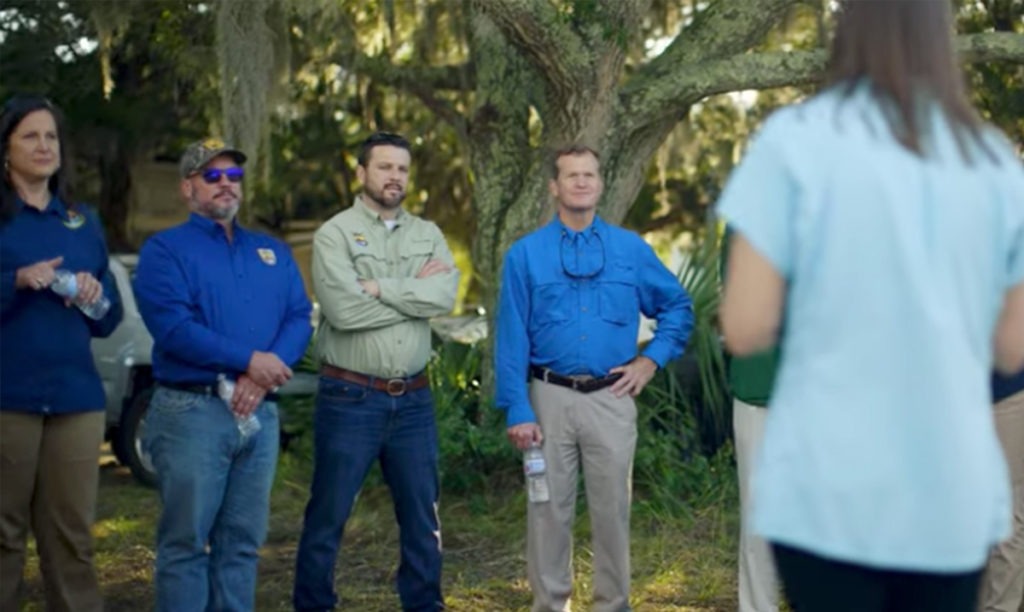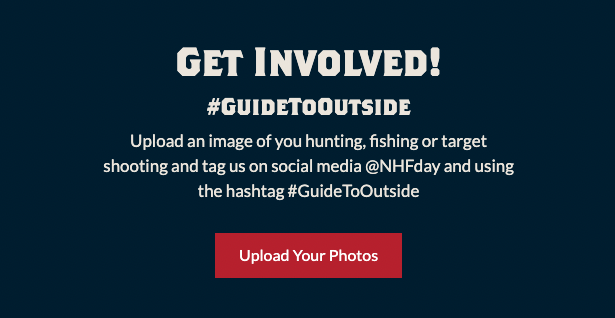
How Excise Taxes support Fish Restoration, Conservation and More
NSSF has announced an initiative designed to strengthen ties between all excise tax-paying manufacturers—firearms and ammunition, archery equipment, marine and sportfishing equipment—and the state agencies that use these funds to conserve wildlife and habitats through the Wildlife and Sport Fish Restoration program of the U.S. Fish and Wildlife Service.
This new web resource and video series will highlight industry contributions to this partnership. To help everyone get a better understanding of where these excise tax dollars are used and how they benefit all.
The Fifth video highlights the success of the Sport Fish Restoration Act in South Carolina. In this video industry and conservation representatives speak to the irreplaceable industry-paid excise taxes that yield science-based fisheries management and increased angler-boater access.
Enacted in 1950, the Sport Fish Restoration Act (also known as the Dingell-Johnson Act), collects a 10-percent tax on select fishing tackle from manufacturers and a percentage of tax on motorboat fuels. The money is apportioned to the state fish and wildlife management agencies under the auspices of WSFR for the benefit of fisheries conservation and restoration, aquatic education, and boating and fishing access.
Paul Wilkes, the U.S. Fish and Wildlife Service’s Southeast Region Regional Manager for the WSFR program, said the 72-year-old partnership between the tackle industry and state fish and wildlife management agencies has been transformational for fisheries management—and, in short, made fishing better.
Glenn Hughes, President of the ASA, describes opportunities for anglers that would not be possible without these critically important funds. Among other purposes, these funds pay for the maintenance of over 6,000 boating access sites to lakes, rivers, ponds and streams across the country, as well as the stocking of 1.3 billion fish each year of over 70 species of fish.
The Partner with a Payer initiative was developed to help generations of employees in the firearm, archery and angling industries, state agencies and the U.S. Fish and Wildlife Service to better understand their, and each other’s, roles in conservation.
More info and resources at https://www.nssf.org/partner-with-payer/
See other Partner with a Payer Videos:
How Do Excise Taxes Benefit Hunter Education | Clark County Shooting Complex
How Excise Taxes Benefit Shooting Ranges | Ben Avery Shooting Facility
 Excise taxes fund wildlife research for the sustainable maintenance of healthy wildlife populations.[/caption]
The excise taxes established under the Pittman-Robertson Act have been a driving force, contributing over $16.4 billion (over $25 billion adjusted for inflation) to individual states. In this video, Peter Novotny, Deputy Chief of the Ohio Division of Wildlife, highlights how these funds, combined with hunting and fishing license dollars, fund essential wildlife research. This research enables a deeper understanding of how wildlife populations adapt to a changing environment, ultimately leading to the maintenance of healthy and sustainable populations.
Excise taxes fund wildlife research for the sustainable maintenance of healthy wildlife populations.[/caption]
The excise taxes established under the Pittman-Robertson Act have been a driving force, contributing over $16.4 billion (over $25 billion adjusted for inflation) to individual states. In this video, Peter Novotny, Deputy Chief of the Ohio Division of Wildlife, highlights how these funds, combined with hunting and fishing license dollars, fund essential wildlife research. This research enables a deeper understanding of how wildlife populations adapt to a changing environment, ultimately leading to the maintenance of healthy and sustainable populations.
 “We feel comfortable and confident that the excise tax dollars are helping keep healthy deer herds out there across the United States,” said Phil Bednar, President and CEO of TenPoint Crossbows.[/caption]
“We feel comfortable and confident that the excise tax dollars are helping keep healthy deer herds out there across the United States,” said Phil Bednar, President and CEO of TenPoint Crossbows.[/caption]

